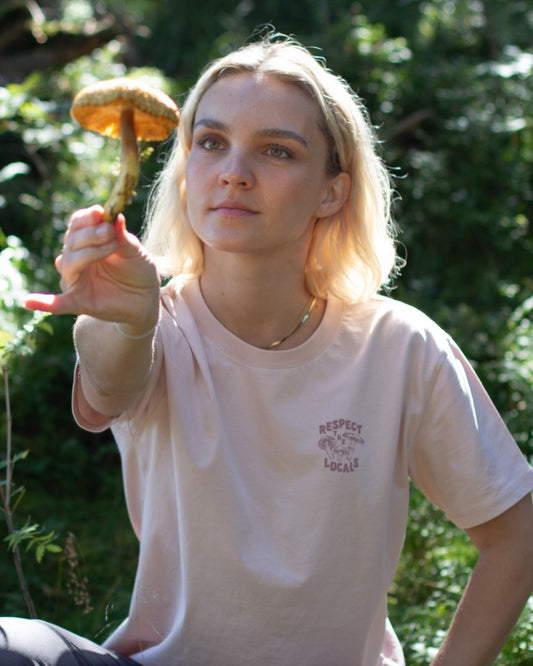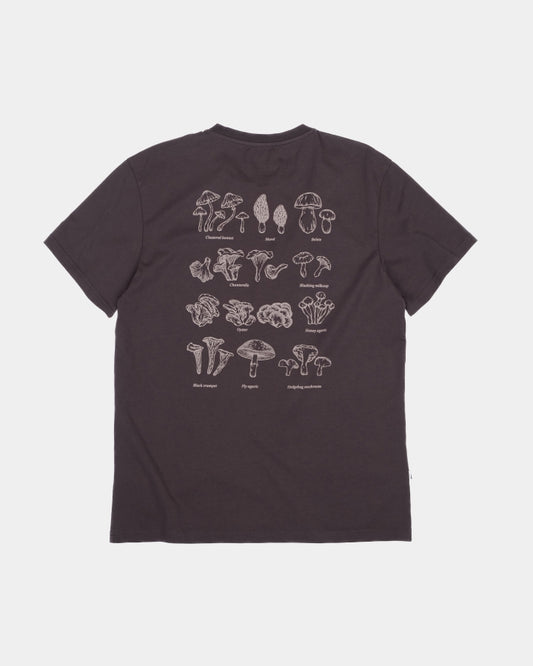The tree - a wonder of nature. Learn more about our green co-inhabitants, who give us so much and therefore must be respected and protected at all costs, in 7 interesting tree facts.
The tree - a wonder of nature. Find out more about our green roommates, who give us so much and therefore need to be respected and protected, in 7 interesting tree facts.

Trees are beautiful, I think we all agree on that. A tree-lined park landscape or a forest are perceived by most people as oases of peace. Just lying under a green tree and enjoying the sunlight falling through the leaves - great! While we are relaxing, the tree is at work. Because it is precisely this sunlight that helps it to convert carbon dioxide into oxygen through the process of photosynthesis. So there are several reasons why we can breathe deeply and relax under a tree.
But trees do even more.
The forests of our earth are home to more than 80% of the species on our planet - this applies to both flora and fauna. Some of them we are still far from knowing or have only rudimentarily explored. In addition to their function as oxygen factories and guarantors of species protection, forests help to bind soils. Especially in mountainous regions, trees ensure that landslides occur less frequently. And a tree-covered area can bind more water. Where forests give way, the first step towards desertification is taken.
So it's time to remember what trees do for us.
1. biodiversity
There are about 60,000 species of trees. Really true! Unfortunately, several hundred species are threatened with extinction. This does not only concern "free-living" trees, but also, for example, old fruit tree species that are less and less desired and cultivated due to a lack of "yield".
2. from very small to huge
Japanese garden art has devoted itself to the artificial dwarfing of trees. Bonsai is the name of the technique in which quite normal, fully-grown trees reach a height of perhaps 30 or 40 centimetres by cutting the roots and wiring the branches. And these can be centuries-old pines or sycamores!
In contrast, California's redwoods can reach a height of over a hundred metres. The tallest sequoia, in the Redwood National Park in California, is 115 metres high. Germany's tallest tree, a Douglas fir, is 66 metres high.
3. thick things
Trees can become extremely extensive. Swamp cypresses, mangroves and African bread trees are at the top of the list. The record is held by a bald cypress with a girth of 46 metres!
4. old as a tree...
...was what the Puhdys wanted to become at the time. Here, however, they should have been a little more precise. Not all trees grow very old. The colourful flame trees of Madagascar grow very quickly, but are often rotten by the time they are 25 - 40 years old. Slow-growing trees, on the other hand, can reach a great age. How old a tree actually is can unfortunately only be determined after it has been felled. The tree rings, the pattern of the cut trunk, allow the years of life to be counted: one ring per year is added. The texture and thickness of the rings is also informative - they reveal whether a tree has lived through good or rather lean years.
Trees that grow very old are olive trees, for example. Some of the old trees in the Garden of Gethsemane near Jerusalem may actually have stood there as small saplings in Jesus' time. The record is probably held by a Swedish spruce that has been sprouting from the same root for more than 9,000 (!) years.
5. trees are sociable!
It has only been accepted for a few years that plants are living beings. They develop and "move", but so slowly that some things only become visible in fast motion. As science now knows, trees communicate with each other. They exchange information and even engage in something like brood care. This is made possible by a network of fungi in the forest soil, the so-called mycorrhiza. These fungi are mainly dependent on trees, because they supply the fungus with a sugar solution that is produced during photosynthesis. And amazingly, the fungus directs this sugar solution next to young saplings that are closely related to the "mother tree". This ensures that these young trees can thrive in the shade of the mother plant despite low light incidence!
6. trees have a perception
How far the communication ability of trees actually goes - research is still in its infancy. The fact is: trees perceive environmental parameters and take them into account in their development. If you like, trees are able to solve problems (other plants too, by the way). It is mainly thanks to the perception of the sensitive root tips that the tree "decides" its direction of growth and, for example, avoids soils that are too salty.
7. area-wide: the euro-asian coniferous forest
By the way - even though in many parts of the world the forest is on the retreat and needs and gets energetic support from our tree planters, you could still walk through the forest almost continuously from the west coast of Norway to Alaska!
Preserve trees, protect forests
So plants and trees are not just decorative places for birds to perch. Although research here is still in its infancy, it quickly becomes clear that we are dealing with fellow inhabitants of our planet. They give us a lot. We should show a little gratitude.
At NIKIN, we plant a tree for every product sold - at over 10 locations worldwide. Of course, we do not plant the same species everywhere, but locally suitable ones selected by experts.



















